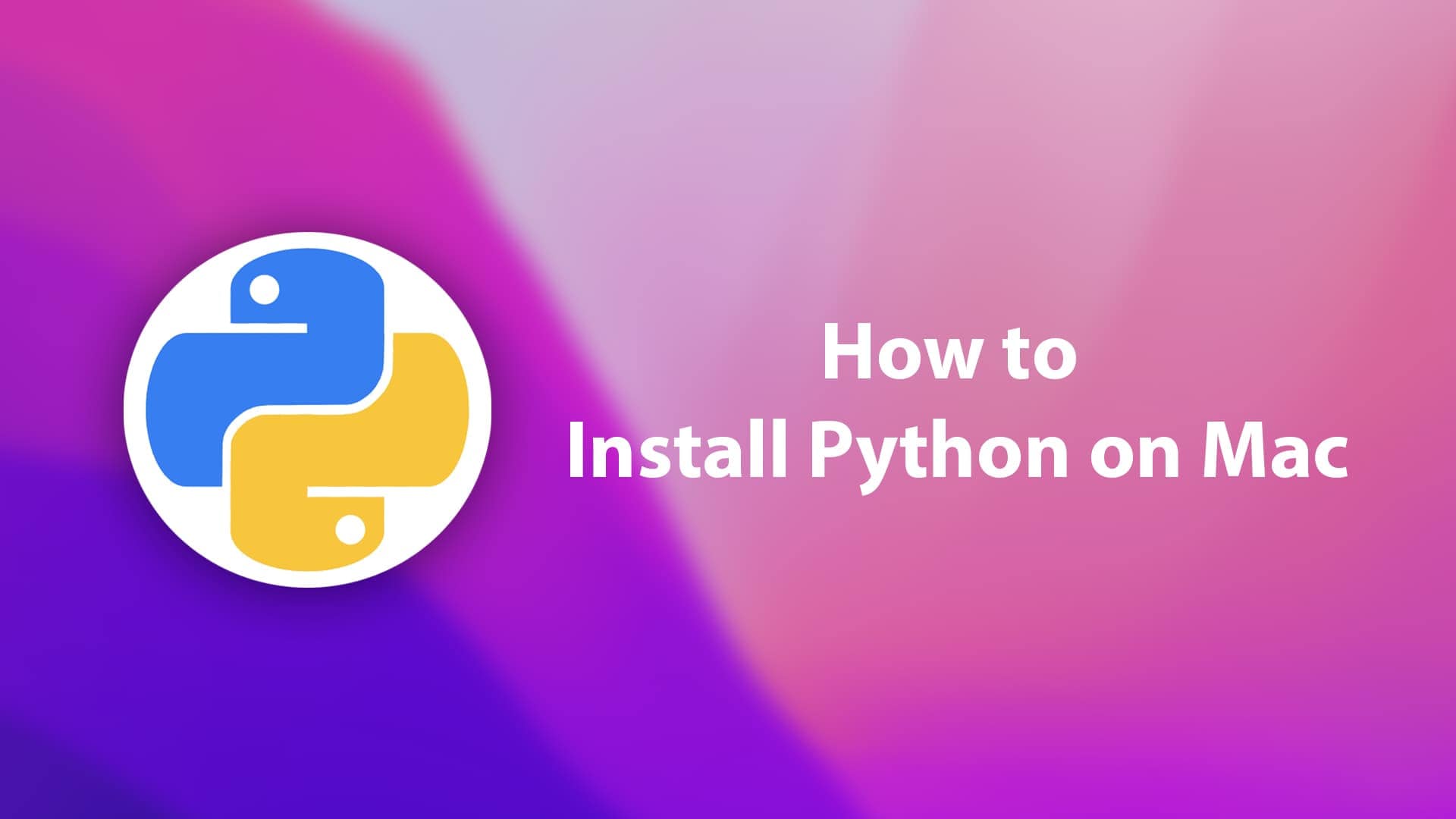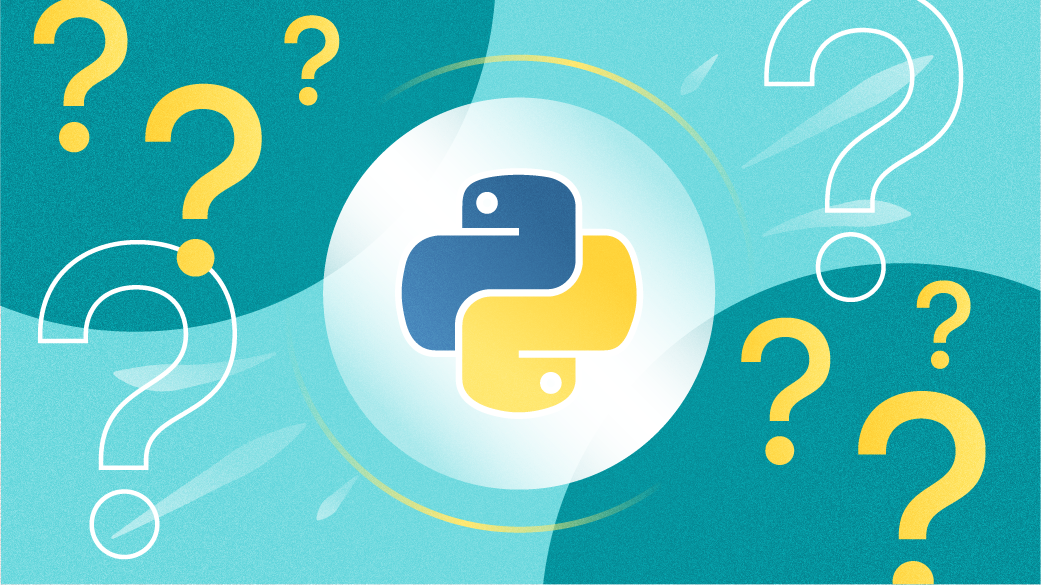
- INSTALL PYTHON ON MAC USING TERMINAL HOW TO
- INSTALL PYTHON ON MAC USING TERMINAL FOR MAC
- INSTALL PYTHON ON MAC USING TERMINAL MAC OS X
- INSTALL PYTHON ON MAC USING TERMINAL MAC OS
- INSTALL PYTHON ON MAC USING TERMINAL INSTALL
Type "help", "copyright", "credits" or "license" for more information. In the Terminal window issue the python3 command. Perform these steps to test your installation: To "issue a command" you should type the command followed by the Enter key.
INSTALL PYTHON ON MAC USING TERMINAL INSTALL
In the Terminal window issue these commands to install NumPy and PyGame: (It has the appearance of a magnifying glass.) In the resulting dialog box, type Terminal.app followed by the Enter key. To do that, click on the Spotlight Search icon on the right end of the menu bar. (It's OK to delete the python-3.6.5-macosx10.6.pkg file after the installation is complete.) Using Mac Finder Manager, navigate to your Downloads directory, and double-click on the python-3.6.5-macosx10.6.pkg file to install Python, Tkinter, and IDLE. Your browser will download the file python-3.6.5-macosx10.6.pkg to your Downloads directory. In the resulting page click on the Download Python 3.6.5 button.
INSTALL PYTHON ON MAC USING TERMINAL FOR MAC
Perform these steps to download and install Python, IDLE, Tkinter, NumPy, and PyGame:īrowse to the Python for Mac download page.

We recommend that you download and install Python 3, and use Python 3 exclusively when running programs associated with this booksite. This document instead uses the equivalent Unix term directory. Note: The Mac Finder application uses the term folder to mean a container of documents and, perhaps, other folders.
INSTALL PYTHON ON MAC USING TERMINAL MAC OS
INSTALL PYTHON ON MAC USING TERMINAL MAC OS X
These instructions are for MacOS X 10.13 (High Sierra), but the instructions for other recent versions of Mac OS X are similar. All of the software is freely available on the Web.
INSTALL PYTHON ON MAC USING TERMINAL HOW TO
This page tells you how to setup a Python programming environment for your Mac OS X computer and provides a step-by-step guide for creating and running a simple "Hello, world" Python program. Have you utilized the Installer command in your organization? What tips or best practices do you have for deploying apps across the network using this method? Please share your thoughts in the comments.Your First Program in Python 3 on Mac OS X Installer -pkg /path/to/application.mpkg -target /Applications -dumplog /Volumes/Server/Share/installer.log If you wish to enable secondary logging to a centralized location or syslog server for verification, this can be accomplished by placing the following flag as a suffix to the Installer command. How to deploy packages with loggingīy default, applications installed using the Installer command are written to the event logger as an installation. mpkg files will be automatically installed unless they’re disqualified by the integrity checking process. When prompted, enter the administrator password, or prefix the command in step #2 with sudo to prompt for the admin credential if you’re installing remotely via script or SSH. Installer -pkg /path/to/application.pkg -target /Applicationsģ. Enter the following command to install it as an administrator. SEE: Top 20 Apple keyboard shortcuts for business users (free PDF) (TechRepublic) How to deploy packages via TerminalĢ. SEE: System monitoring policy (Tech Pro Research) Requirementsīefore jumping directly to the command and its syntax, you’ll need to adhere to these requirements.

Furthermore, all modern and legacy versions of the OS are supported, making it a boon for IT pros that must support various versions of Apple’s operating system in the enterprise.

If your organization lacks the necessary infrastructure or, if you just need a quick, simple solution to deploy a few packages to your macOS devices, the Installer command is a great way to get apps pushed out in a pinch or scripted out to target devices, as needed.īest of all, since the command runs on Terminal, and that app is included with all versions of macOS and OS X, it is free to use. ICloud Usage Policy (TechRepublic Premium) Must-read Apple coverageģ Apple predictions for business professionals in 2022 Apple’s native solution, Apple Remote Desktop, offers many of the same functions at a fraction of the price and with fewer setup requirements.

By using multiple third-party management suites, it’s fairly easy to deploy software applications to Mac computers.


 0 kommentar(er)
0 kommentar(er)
